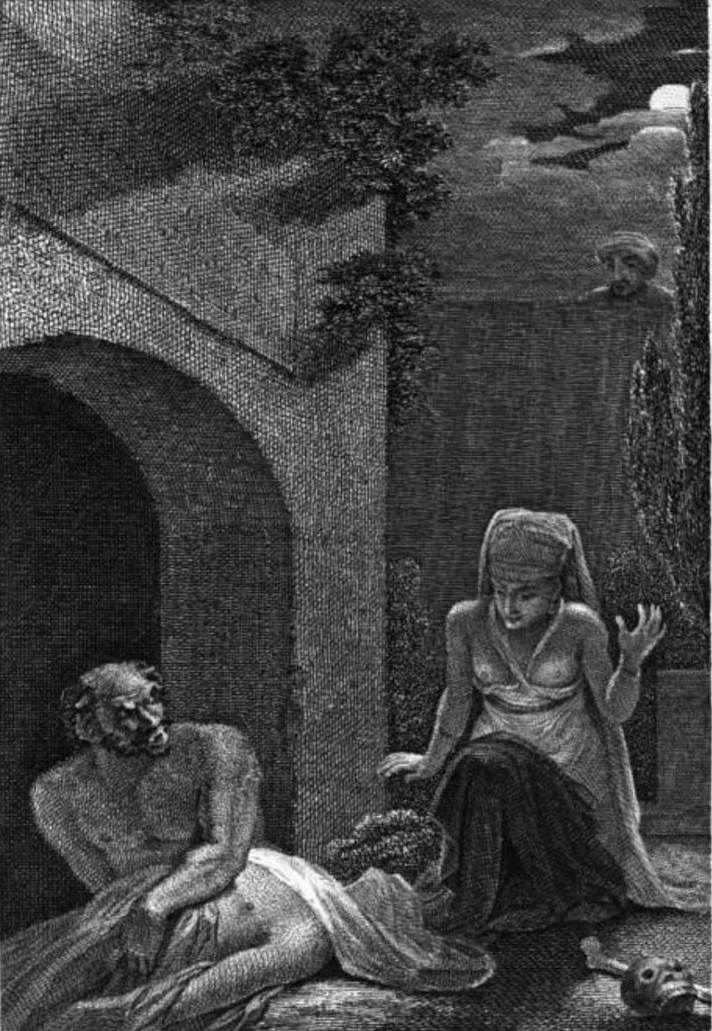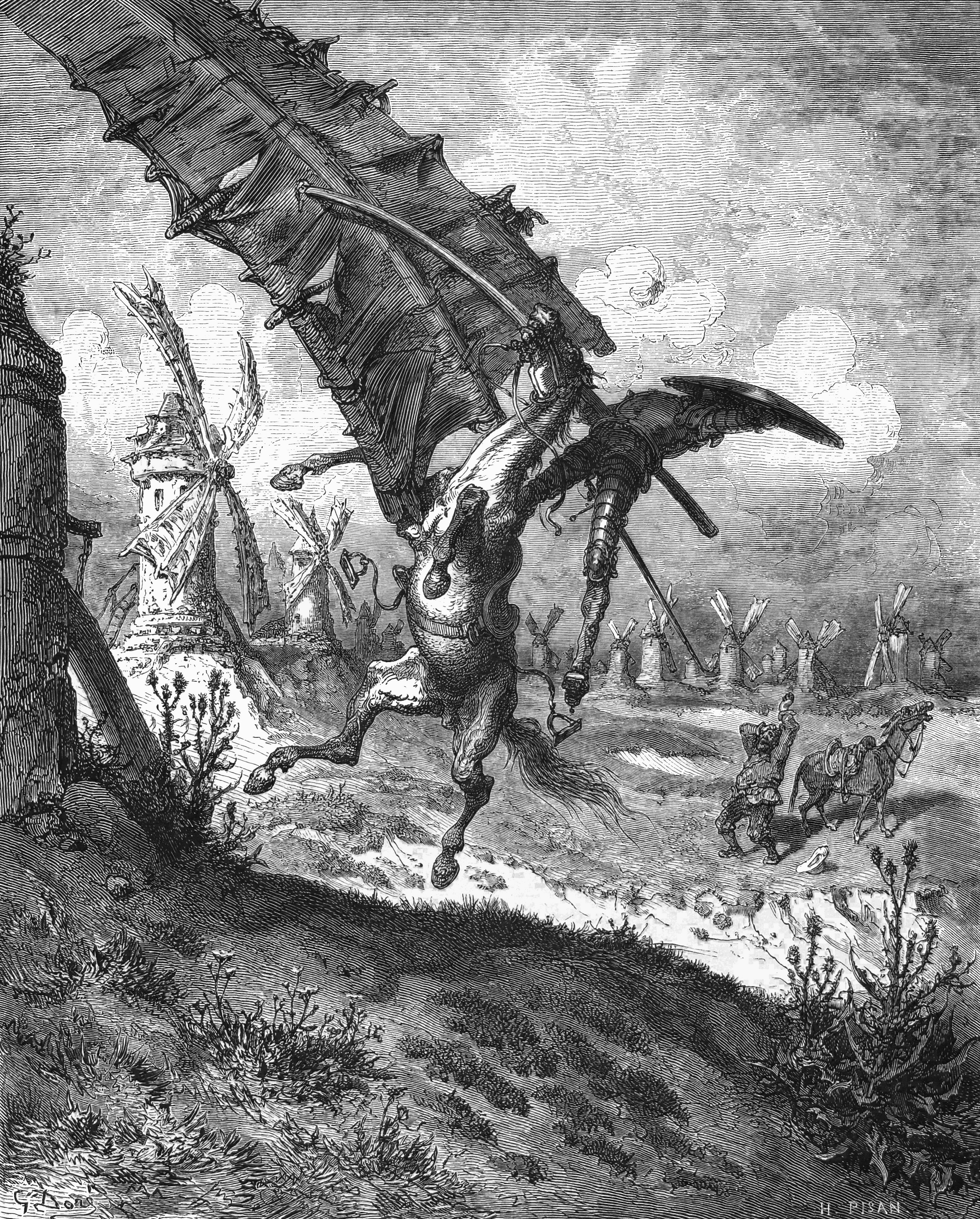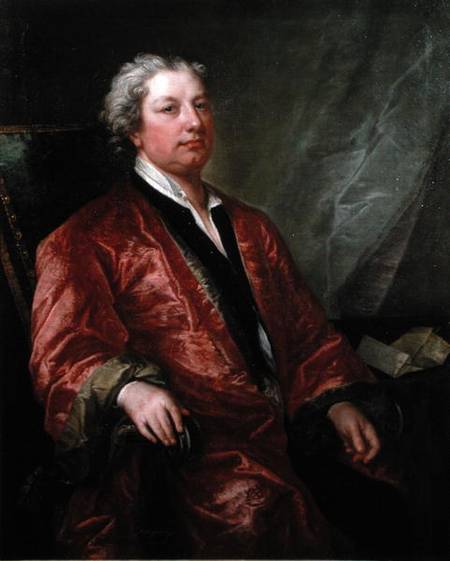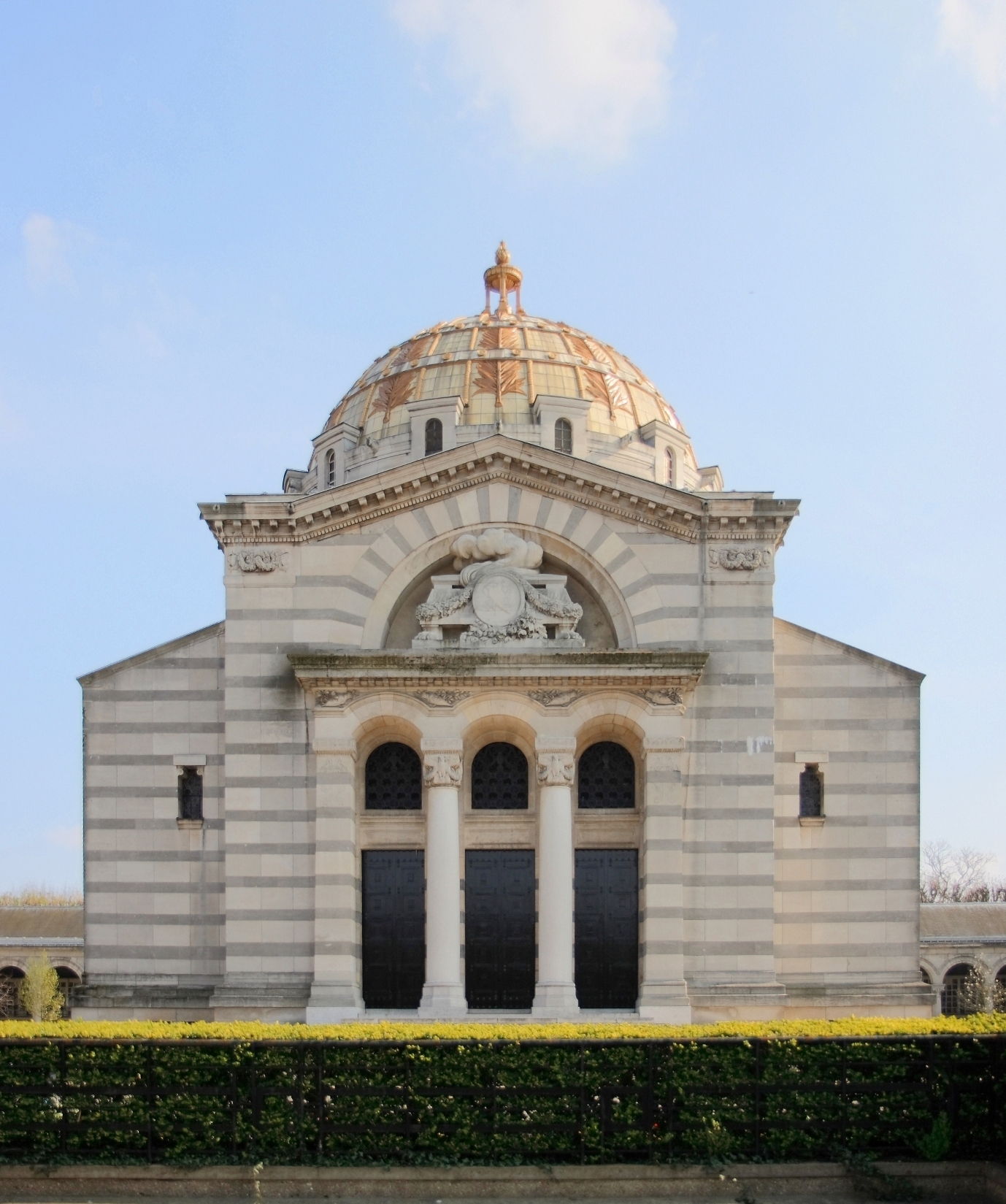|
Edward Forster (writer)
Edward Forster FRS FSA (1769–1828) was an English cleric and miscellany writer. Life Forster was born at Colchester, Essex, on 11 June 1769, the only son of Nathaniel Forster, D.D., rector of All Saints in that town. After receiving some instruction at home, he was sent to Norwich grammar school, then under his father's close friend Samuel Parr. On 5 May 1788 he matriculated at Balliol College, Oxford. To renew contact with Parr, Forster took a house at Hatton, Warwickshire, where he resided for some time. Having married, he ultimately became a member of St. Mary Hall, Oxford, where he graduated B.A. on 21 February 1792, and entered Lincoln's Inn on 15 June of the same year. Deciding, however, to become a clergyman, he was ordained priest by Beilby Porteus, bishop of London, in 1796. He proceeded M.A. on 16 February 1797. In 1803, Forster was presented to the rectory of Aston Somerville, Gloucestershire, by an old friend, Lord Somerville, who had procured for him the appoi ... [...More Info...] [...Related Items...] OR: [Wikipedia] [Google] [Baidu] |
Royal Society
The Royal Society, formally The Royal Society of London for Improving Natural Knowledge, is a learned society and the United Kingdom's national academy of sciences. The society fulfils a number of roles: promoting science and its benefits, recognising excellence in science, supporting outstanding science, providing scientific advice for policy, education and public engagement and fostering international and global co-operation. Founded on 28 November 1660, it was granted a royal charter by King Charles II as The Royal Society and is the oldest continuously existing scientific academy in the world. The society is governed by its Council, which is chaired by the Society's President, according to a set of statutes and standing orders. The members of Council and the President are elected from and by its Fellows, the basic members of the society, who are themselves elected by existing Fellows. , there are about 1,700 fellows, allowed to use the postnominal title FRS ( Fellow of ... [...More Info...] [...Related Items...] OR: [Wikipedia] [Google] [Baidu] |
Temple Protestant De L'Oratoire Du Louvre
The Temple protestant de l'Oratoire du Louvre, also Église réformée de l'Oratoire du Louvre, is a historic Protestant church located at 145 rue Saint-Honoré – 160 rue de Rivoli in the 1st arrondissement of Paris, across the street from the Louvre. It was founded in 1611 by Pierre de Bérulle as the French branch of the Oratory of Saint Philip Neri. It was made the royal chapel of the Louvre Palace by Louis XIII on December 23, 1623, and was host to the funerals of both Louis and Cardinal Richelieu. Work on the church was suspended in 1625 and not resumed until 1740, with the church completed in 1745. It was suppressed in 1792 during the French Revolution, looted, stripped of its decor, and used to store theater sets. In 1811, it was given by Napoleon to the Protestant congregation of Saint-Louis-du-Louvre when that building was demolished to make way for the expansion of the Louvre. A statue and monument of Admiral Gaspard de Coligny, the great Huguenot leader of the 16t ... [...More Info...] [...Related Items...] OR: [Wikipedia] [Google] [Baidu] |
Abraham Raimbach
Abraham Raimbach (16 February 1776 in London17 January 1843), was an English engraver of Swiss descent. He was born in Cecil Court in the West End of London. Weinreb, Ben & Hibbert, Christopher (1983): ''The London Encyclopaedia,'' p. 129. Educated at Archbishop Tenison's Library School, he was apprenticed to the engraver J. Hall from 1789 to 1796. For nine years, part of his working-time was devoted to the study of drawing in the Royal Academy and to carrying out occasional engravings for the booksellers, whilst his leisure hours were employed in painting portraits in miniature. Having formed an intimacy with Sir David Wilkie, Raimbach in 1812 began to engrave some of Wilkie's best pictures. At his death, he held a gold medal awarded for his ''Village Politicians'' at the Paris Exhibition of 1814. He was elected corresponding member of the Académie des Beaux-Arts An academy (Attic Greek: Ἀκαδήμεια; Koine Greek Ἀκαδημία) is an institution of secondary ... [...More Info...] [...Related Items...] OR: [Wikipedia] [Google] [Baidu] |
William Bulmer (printer)
William Bulmer (1757–1830) was an English printer and typographer. Biography William Bulmer was born in 1757 as one of the youngest children of Thomas Bulmer in Newcastle-upon-Tyne. He was apprenticed to the printer Mr. Thompson, at Burnt House Entry, St. Nicholas' Churchyard. During his apprenticeship he formed a friendship with Thomas Bewick, which lasted throughout his life When William Bulmer first came to London, he worked for the printer and publisher John Bell and was introduced to George Nicol, bookseller to King George III, who, with John Boydell had conceived a lavish edition of the works of Shakespeare with illustrations from the foremost artists of the day. For the project Nicol had already engaged the services of William Martin, a type-founder from Birmingham who had worked for John Baskerville, to design and cut the type. In the spring of 1790, William Bulmer established The Shakespeare Press at 3 Russell Court, off Cleveland Row, St. James's and the ... [...More Info...] [...Related Items...] OR: [Wikipedia] [Google] [Baidu] |
Robert Smirke (painter)
Robert Smirke (15 April 1753 – 5 January 1845) was an English painter and illustrator, specialising in small paintings showing subjects taken from literature. He was a member of the Royal Academy. Life Smirke was born at Wigton near Carlisle, the son of a travelling artist. When he was twelve he was apprenticed to a heraldic painter in London, and at the age of twenty began to study at the Royal Academy Schools. In 1775 he became a member of the Incorporated Society of Artists, with which he began to exhibit by sending five works; he showed works there again in 1777 and 1778. In 1786 he exhibited ''Narcissus'' and ''The Lady and Sabrina'' ( a subject from Milton's '' Comus'') at the Royal Academy; these were followed by many works, usually small in size, illustrative of the English poets, especially James Thomson. In 1791 Smirke was elected an associate of the Royal Academy, in which year he exhibited "The Widow". He became a full academician in 1793, when he painted a ... [...More Info...] [...Related Items...] OR: [Wikipedia] [Google] [Baidu] |
Arabian Nights
''One Thousand and One Nights'' ( ar, أَلْفُ لَيْلَةٍ وَلَيْلَةٌ, italic=yes, ) is a collection of Middle Eastern folk tales compiled in Arabic during the Islamic Golden Age. It is often known in English as the ''Arabian Nights'', from the first English-language edition (), which rendered the title as ''The Arabian Nights' Entertainment''. The work was collected over many centuries by various authors, translators, and scholars across West, Central and South Asia, and North Africa. Some tales trace their roots back to ancient and medieval Arabic, Egyptian, Sanskrit, Persian, and Mesopotamian literature. Many tales were originally folk stories from the Abbasid and Mamluk eras, while others, especially the frame story, are most probably drawn from the Pahlavi Persian work ( fa, هزار افسان, lit. ''A Thousand Tales''), which in turn relied partly on Indian elements. Common to all the editions of the ''Nights'' is the framing device of the stor ... [...More Info...] [...Related Items...] OR: [Wikipedia] [Google] [Baidu] |
Antoine Galland
Antoine Galland (; 4 April 1646 – 17 February 1715) was a French orientalist and archaeologist, most famous as the first European translator of ''One Thousand and One Nights'', which he called '' Les mille et une nuits''. His version of the tales appeared in twelve volumes between 1704 and 1717 and exerted a significant influence on subsequent European literature and attitudes to the Islamic world. Jorge Luis Borges has suggested that Romanticism began when his translation was first read. Life and work Galland was born at Rollot in Picardy (now in the department of Somme). After completing school at Noyon, he studied Greek and Latin in Paris, where he also acquired some Arabic. In 1670 he was attached to the French embassy at Istanbul because of his excellent knowledge of Greek and, in 1673, he travelled in Syria and the Levant, where he copied a great number of inscriptions, sketched and—in some cases—removed historical monuments. After a brief visit to France, wher ... [...More Info...] [...Related Items...] OR: [Wikipedia] [Google] [Baidu] |
Don Quixote
is a Spanish epic novel by Miguel de Cervantes. Originally published in two parts, in 1605 and 1615, its full title is ''The Ingenious Gentleman Don Quixote of La Mancha'' or, in Spanish, (changing in Part 2 to ). A founding work of Western literature, it is often labelled as the first modern novel and one of the greatest works ever written. ''Don Quixote'' is also one of the most-translated books in the world. The plot revolves around the adventures of a member of the lowest nobility, an hidalgo from La Mancha named Alonso Quijano, who reads so many chivalric romances that he either loses or pretends to have lost his mind in order to become a knight-errant () to revive chivalry and serve his nation, under the name . He recruits a simple farmer, Sancho Panza, as his squire, who often employs a unique, earthy wit in dealing with Don Quixote's rhetorical monologues on knighthood, already considered old-fashioned at the time, and representing the most droll realism in ... [...More Info...] [...Related Items...] OR: [Wikipedia] [Google] [Baidu] |
Charles Jervas
Charles Jervas (also Jarvis and Jervis; c. 1675 – 2 November 1739) was an Irish portrait painter, translator, and art collector of the early 18th century. Early life Born in Shinrone, County Offaly, Ireland around 1675, the son of John Jervas and Elizabeth, daughter of Captain John Baldwin of Shinrone Castle & Corolanty, High Sheriff of County Offaly. Jervas studied in London, England as an assistant under Sir Godfrey Kneller between 1694 and 1695. After selling a series of small copies of the Raphael Cartoons circa 1698 to Dr. George Clarke of All Souls College, Oxford, the following year he travelled to Paris and Rome (while financially supported by Clarke and others) remaining there for most of the decade before returning to London in 1709 where he found success as a portrait painter. Career Painting portraits of the city's intellectuals, among them such personal friends as Jonathan Swift and the poet Alexander Pope (both now in the National Portrait Gallery, London ... [...More Info...] [...Related Items...] OR: [Wikipedia] [Google] [Baidu] |
Amine Discovered With The Goule
In chemistry, amines (, ) are compounds and functional groups that contain a basic nitrogen atom with a lone pair. Amines are formally derivatives of ammonia (), wherein one or more hydrogen atoms have been replaced by a substituent such as an alkyl or aryl group (these may respectively be called alkylamines and arylamines; amines in which both types of substituent are attached to one nitrogen atom may be called alkylarylamines). Important amines include amino acids, biogenic amines, trimethylamine, and aniline; Inorganic derivatives of ammonia are also called amines, such as monochloramine (). The substituent is called an amino group. Compounds with a nitrogen atom attached to a carbonyl group, thus having the structure , are called amides and have different chemical properties from amines. Classification of amines Amines can be classified according to the nature and number of substituents on nitrogen. Aliphatic amines contain only H and alkyl substituents. Aromatic ... [...More Info...] [...Related Items...] OR: [Wikipedia] [Google] [Baidu] |
Père Lachaise Cemetery
Père Lachaise Cemetery (french: Cimetière du Père-Lachaise ; formerly , "East Cemetery") is the largest cemetery in Paris, France (). With more than 3.5 million visitors annually, it is the most visited necropolis in the world. Notable figures in the arts buried at Père Lachaise include Michel Ney, Frédéric Chopin, Émile Waldteufel, Édith Piaf, Marcel Proust, Georges Méliès, Marcel Marceau, Sarah Bernhardt, Oscar Wilde, Thierry Fortineau, J.R.D. Tata, Jim Morrison and Sir Richard Wallace. The Père Lachaise is located in the 20th arrondissement and was the first garden cemetery, as well as the first municipal cemetery in Paris. It is also the site of three World War I memorials. The cemetery is located on the Boulevard de Ménilmontant. The Paris Métro station Philippe Auguste on Line 2 is next to the main entrance, while the station Père Lachaise, on both Line 2 and Line 3, is 500 meters away near a side entrance. History and description Origin The cemetery of ... [...More Info...] [...Related Items...] OR: [Wikipedia] [Google] [Baidu] |




_by_Charles_Picart_(1780_-_1837).jpg)
.jpg)


